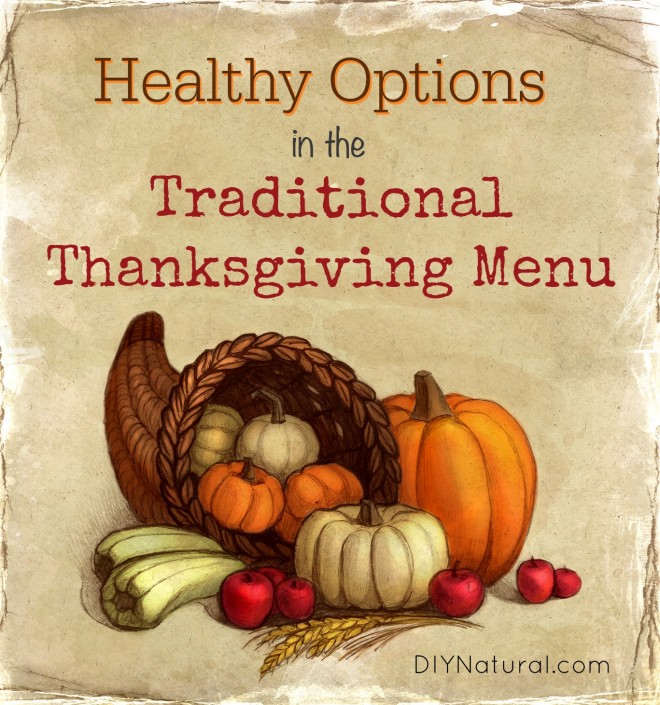
Do you ever try to make dishes included in the traditional Thanksgiving menu? We’re still not sure what the first menu was, exactly.
Written documents from the time mention wild turkey, venison and seafood. We know that corn was there, as well as a variety of squash. Traditional English fare at the time would have included savory and sweet pies, but the colonists didn’t have access to wheat flour or butter, so no Thanksgiving pie. Fermented drinks would have been in extremely small supply and therefore it isn’t likely that they sipped on small beers or wine.
All in all, the first Thanksgiving was a big meat-fest, sprinkled here and there with squash, onions, garlic, carrots and turnips. There may have also been some greens that didn’t necessarily get mentioned in the first documents. As it was a celebration of a good harvest, well-brought in, it probably looked like our table at the end of the season when cold weather looms. At that time of year, our plates are the oddest mix of things that we are eating the last of before the frost gets them.
Healthy Items In A Traditional Thanksgiving Menu
I LOVE to ensure that our holiday meals have a good dose of medicine hidden among the tasty treats. In that spirit, I thought I would share the “medicine” that could be found in the first meal as well as the traditional meals we have today.
Cranberries (Vaccinium macrocarpon)
Ah, the cranberry! Filled with antioxidant goodness and great for the urinary tract. Adding cranberry to your meal, so long as it is not pumped full of sugar, can help to alkalinize your body. I really favor the cranberry sauce that uses fresh cranberries and a whole orange. These tart little fruits are high in Vitamin C and the addition of the bioflavonoids in the orange peel just takes a side dish like this over the top in immune supportive nutrition. Unfortunately, if you cook these marvelous little berries you lose the heat-sensitive Vitamin C, so eat them raw! (Find a raw cranberry relish recipe here.)
Pumpkin (Cucurbita pepo)
Pumpkin pie can be medicinal, though it’s the seeds that tend to pack the best punch. The fruit itself can act as a gentle laxative. It is also very high in beta-carotene. If you do not have diabetes, thyroid issues, or a compromised digestive system you will be able to convert that to Vitamin A, of course you’ll need a dollop of fat to get that done so don’t be stingy with that homemade whipped cream!
Sage (Salvia officinalis)
Sage has so many wonderful qualities and I have written about natural uses for sage at length before. In context of a big heavy meal, it is important to know that a sprinkling of sage throughout the menu will help us to digest fats properly and keep our digestion in good working order. (Find organic dried sage here.)
Walnuts (Juglans nigra)
The walnut was most surely at the first Thanksgiving. This nut is packed with minerals and as a bonus it is a good source of omega-3 fatty acids. Adding walnuts to your Thanksgiving feast is a heart healthy support that is known to help with cholesterol control. (DIY Natural recommends using raw organic sprouted walnuts, found here.)
Garlic (Allium sativum)
Of course we all know what garlic can do for us. If everyone at the table eats some, you can still stand to sit side by side and do an after-dinner puzzle. The boost to everyone’s immune system is a must have in the season of sugar that we are about to enter.
Wishing you a very happy Thanksgiving!
What healthy foods are you adding to your feast? Feel free to share in the comments section below!
*******




Thanks, I so enjoyed this & all your emails!
Love that you list these medicinal foods I grow,
all organic with several cultivars of each.
Do please share your method of sprouting walnuts?
O thank you for the reply. I’ve recently found out I have thyroid problems and finding out soooo many things I have to avoid and I’ve been eating pumpkin custard this week.
Phew!
You say thyroid issues?!
One shouldn’t eat pumpkin with thyroid issues?
I certainly wouldn’t avoid pumpkin with a thyroid issue! I’m just saying that with a thyroid issue you aren’t likely to convert the beta-carotene content into vitamin A.